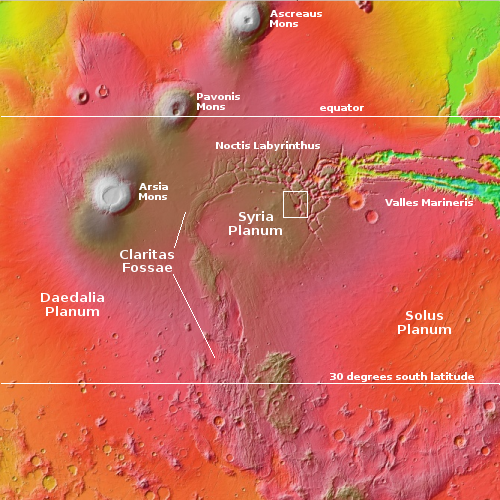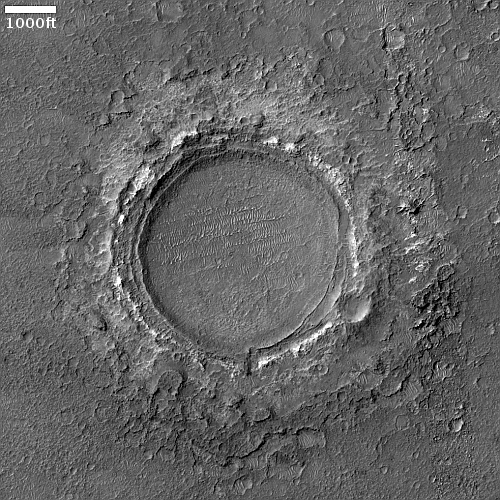ULA officially admits first Vulcan launch is delayed to end of year
Though the announcement was not news or unexpected, ULA’s CEO Tory Bruno yesterday officially confirmed that the first Vulcan launch will not occur before the fourth quarter of this year, not this summer as hoped.
In a call with reporters July 13, Tory Bruno, president and chief executive of ULA, said the changes to the Centaur upper stage stemmed from an investigation into a test mishap in March, where hydrogen leaked from a Centaur test article and ignited, damaging both the stage and the test rig. The company announced June 24 that it would delay the launch to make “minor reinforcements” to the Centaur.
Bruno also poo-pooed the significance of a failure of a Blue Origin BE-4 engine during a static fire test in mid-June, a failure that had been kept secret until this week.
“This doesn’t indict the qualification at all,” he said, noting that BE-4 engines have more than 26,000 seconds of cumulative runtime. “We’re very confident in the design and the workmanship of the assets that have passed acceptance. This is not unexpected.”
Forgive me if I don’t take him entirely at his word. I guarantee his engineers are looking at that failure very closely to make absolutely sure it doesn’t indicate issues with the two engines on that first Vulcan rocket. It is very likely this is part of the reason that first launch is now delayed until the end of the year.
Though the announcement was not news or unexpected, ULA’s CEO Tory Bruno yesterday officially confirmed that the first Vulcan launch will not occur before the fourth quarter of this year, not this summer as hoped.
In a call with reporters July 13, Tory Bruno, president and chief executive of ULA, said the changes to the Centaur upper stage stemmed from an investigation into a test mishap in March, where hydrogen leaked from a Centaur test article and ignited, damaging both the stage and the test rig. The company announced June 24 that it would delay the launch to make “minor reinforcements” to the Centaur.
Bruno also poo-pooed the significance of a failure of a Blue Origin BE-4 engine during a static fire test in mid-June, a failure that had been kept secret until this week.
“This doesn’t indict the qualification at all,” he said, noting that BE-4 engines have more than 26,000 seconds of cumulative runtime. “We’re very confident in the design and the workmanship of the assets that have passed acceptance. This is not unexpected.”
Forgive me if I don’t take him entirely at his word. I guarantee his engineers are looking at that failure very closely to make absolutely sure it doesn’t indicate issues with the two engines on that first Vulcan rocket. It is very likely this is part of the reason that first launch is now delayed until the end of the year.









